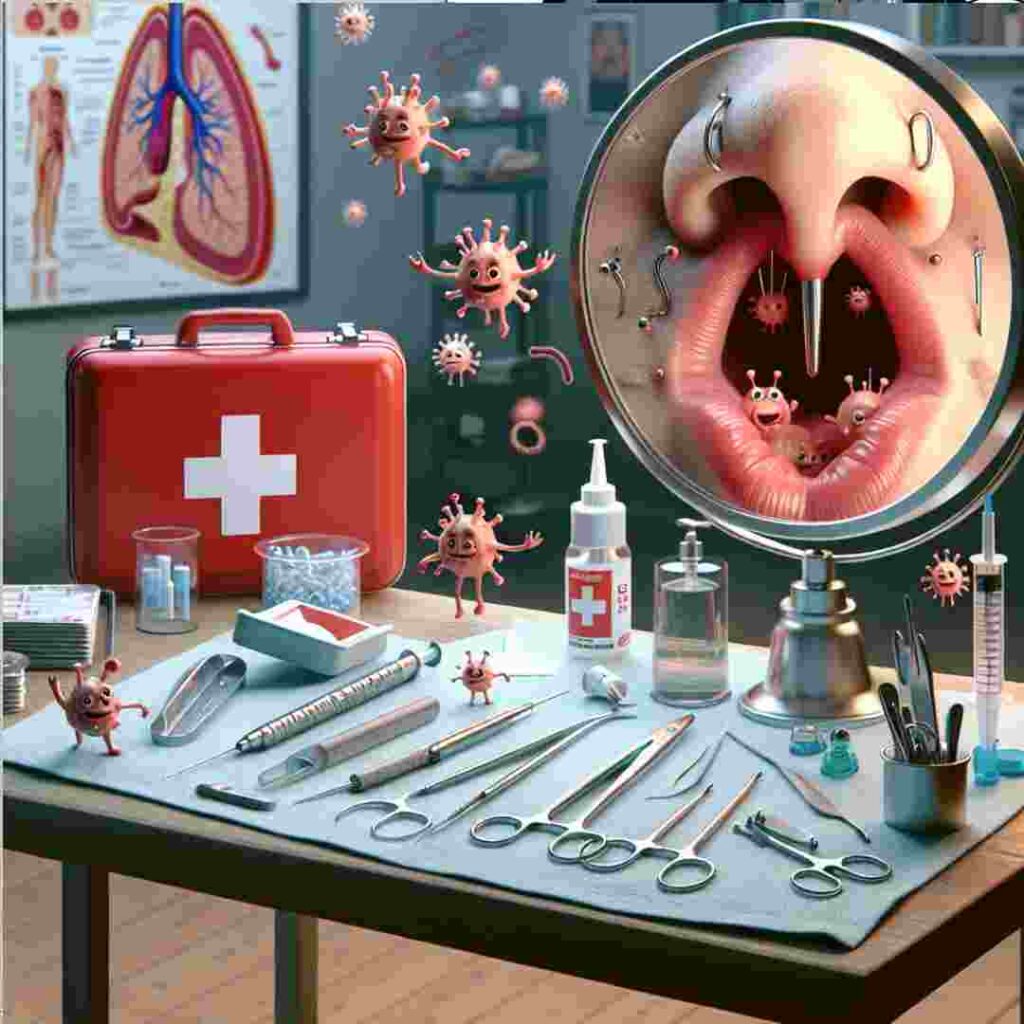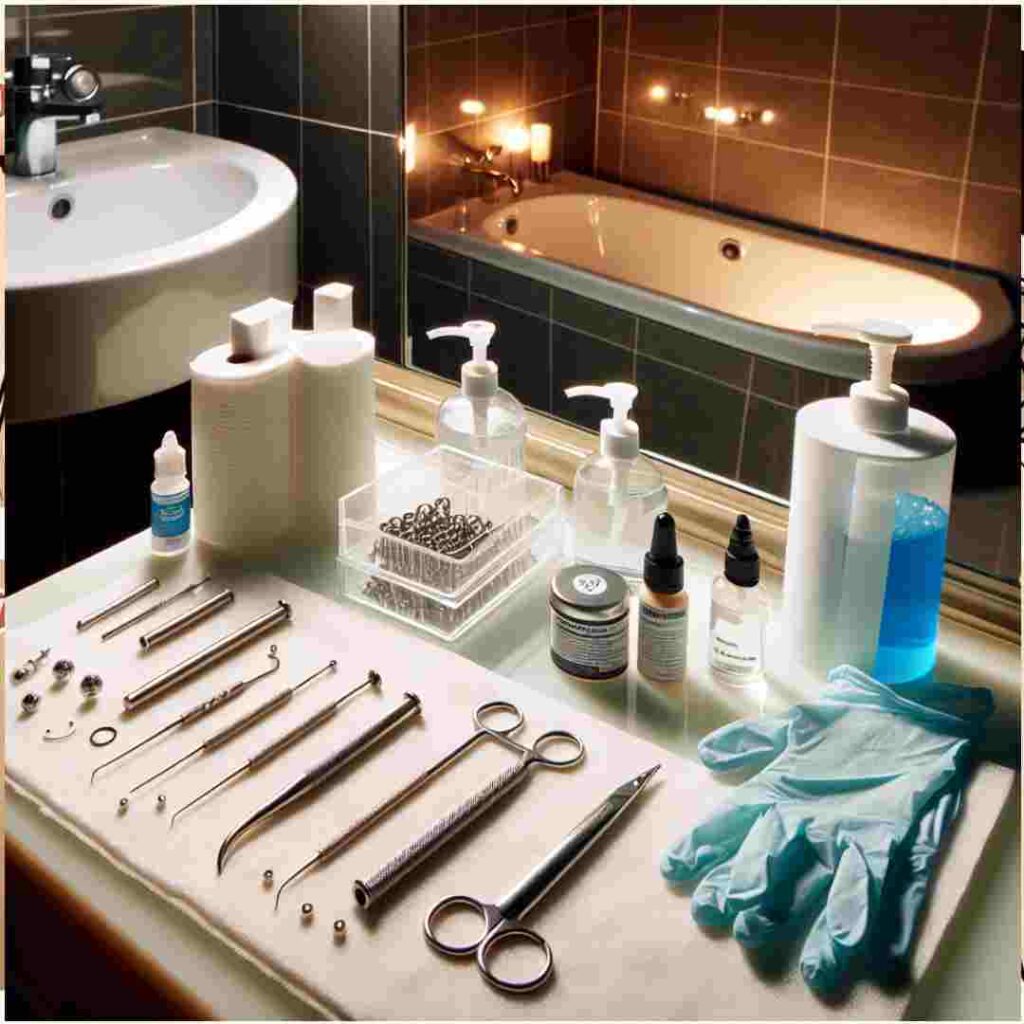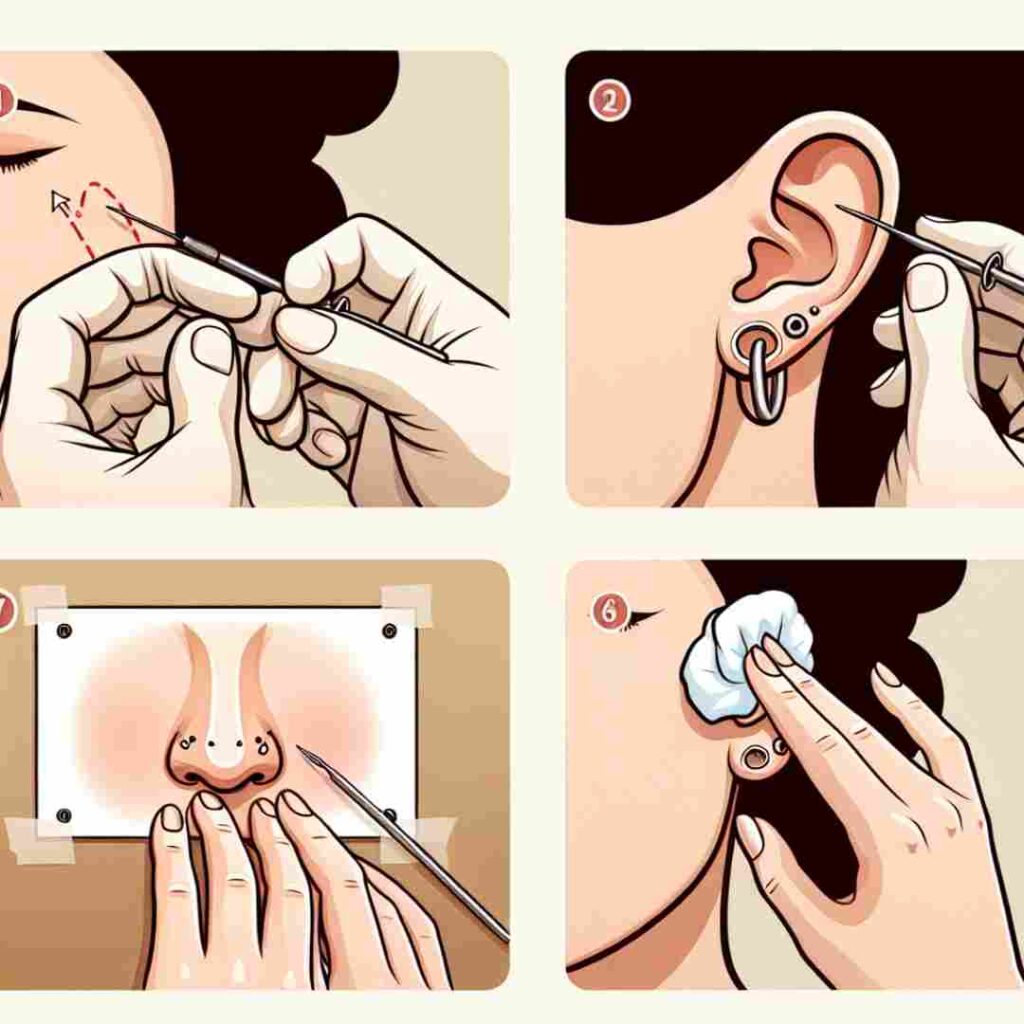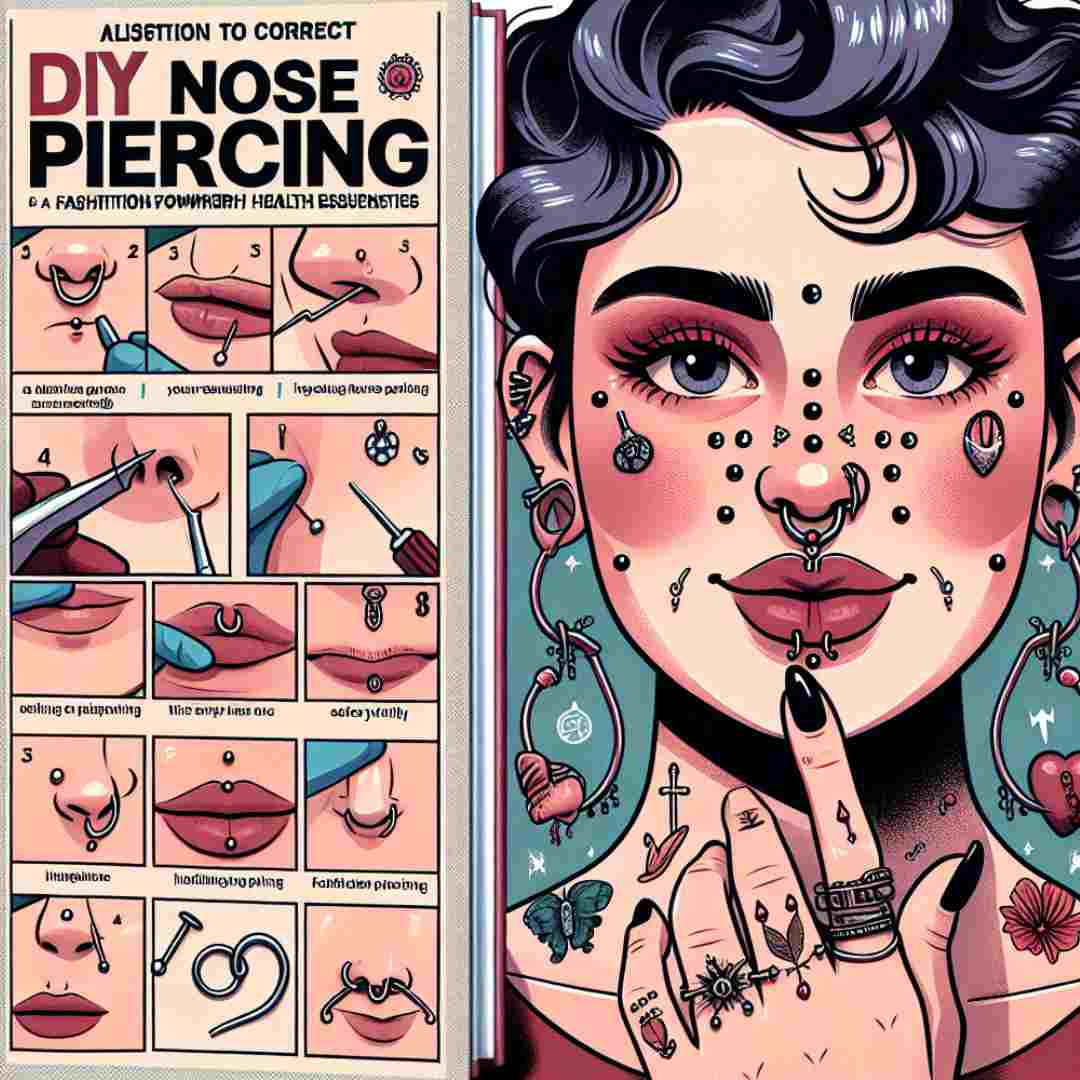Nose piercings have been a timeless fashion statement, from ancient traditions to modern style icons. For those who are both health-conscious and daring enough to try it themselves, piercing your nose at home can be a safe and rewarding experience. In this guide, we’ll walk you through the ins and outs of DIY nose piercing, ensuring it aligns with your fashion aspirations and safety standards.
Why Consider a DIY Nose Piercing?
P piercing your nose at home might seem daunting, but there are several compelling reasons to consider it. First and foremost, convenience plays a significant role. Scheduling an appointment at a professional studio can be time-consuming, especially if you have a busy lifestyle or live in an area with limited access to reputable piercers.
Another factor is the personal touch that comes with doing it yourself. Something is empowering about taking control of your style choices and adding a personal touch to your appearance. Plus, for many DIY enthusiasts, the process can be an exciting challenge and an opportunity to learn a new skill.
Finally, cost savings must be noticed. Professional piercing services can be expensive, and by doing it yourself, you can save money that can be put towards purchasing high-quality tools and materials to ensure a safe and successful experience.
Understanding the Risks

Before you grab a needle, it’s crucial to fully understand the risks involved in piercing your nose at home. One of the primary concerns is the risk of infection. Without the sterile environment of a professional studio, the chances of bacteria entering the piercing site increase significantly. This can lead to painful infections that may require medical attention.
Another potential risk is improper placement. Professional piercers have the experience and expertise to ensure the piercing is positioned correctly, avoiding nerves and blood vessels. DIY piercers may lack this expertise, leading to uneven piercings or excessive bleeding.
Lastly, there’s the risk of scarring. Scarring can occur if the piercing process goes awry or if proper aftercare isn’t followed. This can be both aesthetically displeasing and potentially painful.
Essential Tools for a Safe Piercing
If you’ve weighed the risks and are determined to proceed, ensuring you have the right tools is the next step. First and foremost, a sterile piercing needle is a must. Never use sewing needles or safety pins, as they can cause damage and increase the risk of infection.
A pair of sterilized gloves is also essential. This minimizes the risk of transferring bacteria from your hands to the piercing site. Additionally, a disinfectant, such as isopropyl alcohol, should be used to clean both the needle and the area of the nose you plan to pierce.
You’ll also need a suitable piece of jewelry, preferably a stud made from hypoallergenic material like surgical steel or titanium. This reduces the likelihood of an allergic reaction and ensures the piercing heals properly.
Creating a Clean Environment

Creating a clean environment is paramount to the success of your DIY piercing. Start by thoroughly cleaning the area where you plan to perform the piercing. Disinfect all surfaces and ensure good lighting so you can see clearly what you’re doing.
Wash your hands thoroughly with antibacterial soap and put on your sterilized gloves. This step is crucial to prevent bacteria from being introduced to the piercing site.
Finally, ensure the area of your nose you plan to pierce is clean. Use a disinfectant to wipe down the skin and allow it to dry completely before proceeding.
Preparing for the Piercing
Before you start, take a moment to relax and prepare mentally. Piercing your nose is a procedure that requires steadiness and concentration. Take deep breaths and ensure you’re in a calm state of mind.
Position yourself in front of a mirror to see what you’re doing. Gather all your tools within reach so you don’t have to fumble around once you begin the process.
Mark the spot where you want the piercing to go using a non-toxic marker. This will help guide you and ensure the placement is where you want it.
The Piercing Process

With everything in place, it’s time to proceed with the piercing. Hold the needle with a steady hand and position it at the marked spot on your nose. Take a deep breath and confidently push the needle through the skin. Doing this in one swift motion is important to minimize pain and ensure a clean piercing.
Once the needle is through, follow it with your chosen piece of jewelry. This can be tricky, so take your time to ensure the jewelry is properly secured.
After the jewelry is in place, clean the area with disinfectant to remove blood or debris. This is a crucial step to prevent infection and promote healing.
Post-Piercing Care
Caring for your new nose piercing is as important as the piercing process. Clean the area twice daily with a saline solution to prevent infection. Avoid touching the piercing with dirty hands, which can introduce bacteria and cause irritation.
Be mindful of any signs of infection, such as redness, swelling, or pus. If any of these symptoms occur, seek medical attention promptly to prevent the disease from worsening.
It’s also essential to avoid changing the jewelry until the piercing has fully healed, which can take several weeks. Changing it too soon can disrupt the healing process and lead to complications.
Common Mistakes to Avoid
DIY piercers often make several common mistakes. One needs to use the right type of jewelry. Ensure you’re using hypoallergenic materials to reduce the risk of an allergic reaction or irritation.
Another mistake is not maintaining proper aftercare. Failing to clean the piercing regularly or touching it with dirty hands can lead to infection and prolong the healing process.
Lastly, rushing the process can lead to improper placement or uneven piercings. Take your time and follow each step meticulously for the best results.
When to Seek Professional Help
While many people successfully pierce their noses at home, there are times when professional help may be necessary. If you experience excessive bleeding that doesn’t stop after a few minutes, seek medical attention immediately.
If you notice signs of infection that don’t improve with proper care, it’s important to consult a healthcare professional. They can provide the necessary treatment to prevent the disease from worsening.
Additionally, if you’re unhappy with the placement or appearance of your piercing, a professional piercer may be able to adjust it or provide guidance on how to improve it.
The Benefits of a DIY Nose Piercing
Despite the risks, there are many benefits to piercing your nose at home. One of the main advantages is the sense of accomplishment that comes with completing the process yourself. It’s a testament to your craftsmanship and determination.
Another benefit is the ability to customize the experience to your liking. You can choose the exact placement and jewelry that suits your style, resulting in a piercing that feels uniquely yours.
Finally, the cost savings of a DIY piercing are significant. By investing in quality tools and materials upfront, you can achieve a professional-looking result without errors occurring during generation. Please try again or contact support if it continues.











